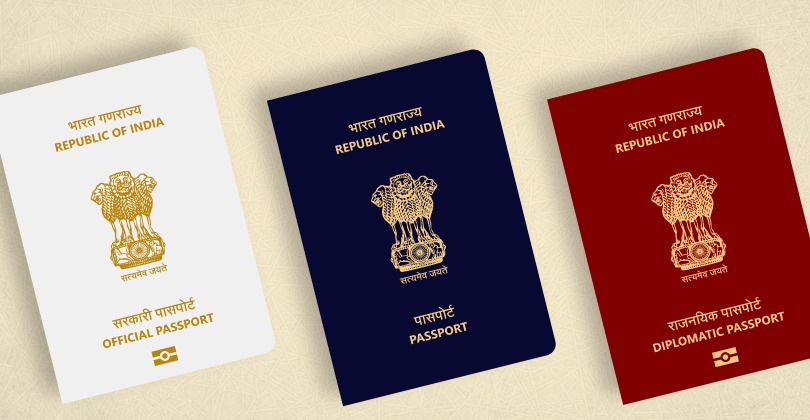India’s passport system, a key travel document for its citizens, comes in multiple colors that signify different categories of travelers and purposes. The variations in color—blue, red, and white—each carry distinct meanings, eligibility criteria, and privileges. Understanding these differences helps demystify who receives which type and why, shedding light on the layers of India’s travel documentation.
The Blue Passport: The Most Common Traveler’s Document
The blue passport is the standard passport issued to the majority of Indian citizens for regular international travel. This passport allows overseas travel for tourism, education, business, and family visits. The blue cover features the Indian national emblem embossed in gold and reads “Republic of India” along with “Passport” on the front.
Key details:
-
Issued to ordinary citizens
-
Valid for 10 years for adults and 5 years for minors
-
Biometric and e-passport versions available for secure travel
-
Provides visa-free or visa-on-arrival access to more than 60 countries, though visa requirements vary widely
-
Renewal procedures and fees are standard
The blue passport is the most accessible of India’s travel documents, serving the vast majority of international travelers from the country.
The Red Passport: Official and Government Officials
The red passport is reserved for individuals traveling on official government business. This category includes:
-
Government employees on official assignments abroad
-
Diplomats (though they typically receive diplomatic passports, which are usually black or maroon)
-
Members representing the Indian government at international forums
The red passport facilitates official international travel and often comes with expedited visa processes and additional privileges tailored to government personnel.
Key features:
-
Issued by the government to authorized officials
-
Not intended for regular personal use
-
Indicates government representation abroad
-
Details the bearer’s official status, which may affect diplomatic immunities or consular support
The White Passport: Stateless Persons and Refugees
The white passport, also called the "emergency certificate" or travel document, serves a unique purpose. It is mostly issued to persons of Indian origin who are stateless or refugees who cannot obtain regular passports from any country.
Main characteristics:
-
Marks humanitarian or refugee status
-
Primarily serves as a travel document to allow safe passage when nationality status is unclear or compromised
-
Issued under special circumstances in compliance with international protocols
This passport reflects India’s role as a humanitarian actor on the global stage.
Passport Colors’ Significance Reflecting India's Diplomatic and Administrative Needs
India’s multiple passport types illustrate the complexity of global travel requirements and the need for differentiated documents based on purpose, status, and international norms. The three main colors are only part of a broader spectrum; special passports like diplomatic (maroon/black) for diplomats and official representatives complement red and white passports.
The layered system ensures that access to international travel is regulated, privileges are accorded appropriately, and security standards are maintained.
Recent Policy Updates and Future Prospects
India has been updating its passport issuance process with digital advancements, including biometric passports and enhanced e-pass services, to align with global standards. The Ministry of External Affairs actively encourages applicants to utilize online portals and track the status of passport applications for seamless travel preparation.
Moves to increase eligibility for more countries’ visa waivers and bilateral agreements are ongoing, significantly impacting the utility of the blue passport travel.
Conclusion
India’s blue, red, and white passports serve distinct yet complementary roles in the country’s international travel landscape. Understanding who qualifies for each, and the privileges and responsibilities conferred, illuminates a key piece of India’s global engagement. Whether for leisure, government duty, or humanitarian need, these passports symbolize the journeys of millions while reflecting India’s diverse and dynamic international presence.
Relevant Sources: Outlook Traveller, India Today, Times of India, Moneycontrol, News18

